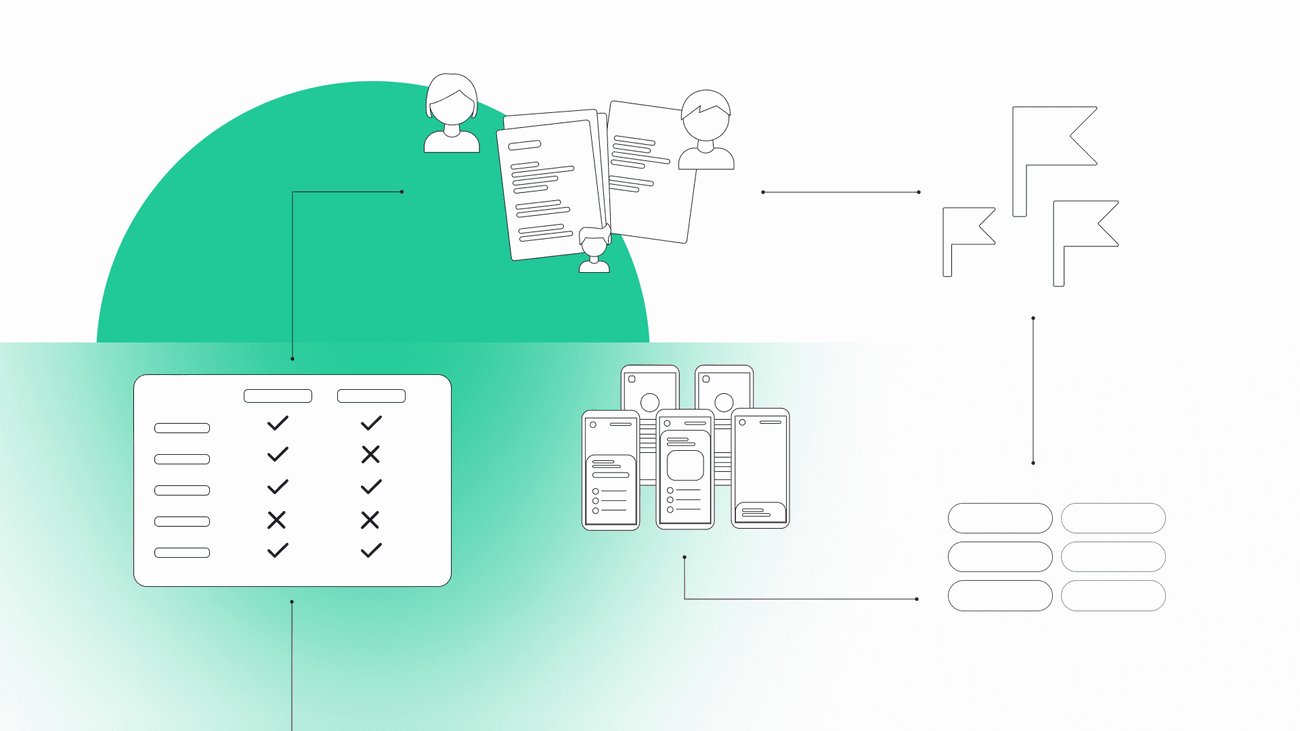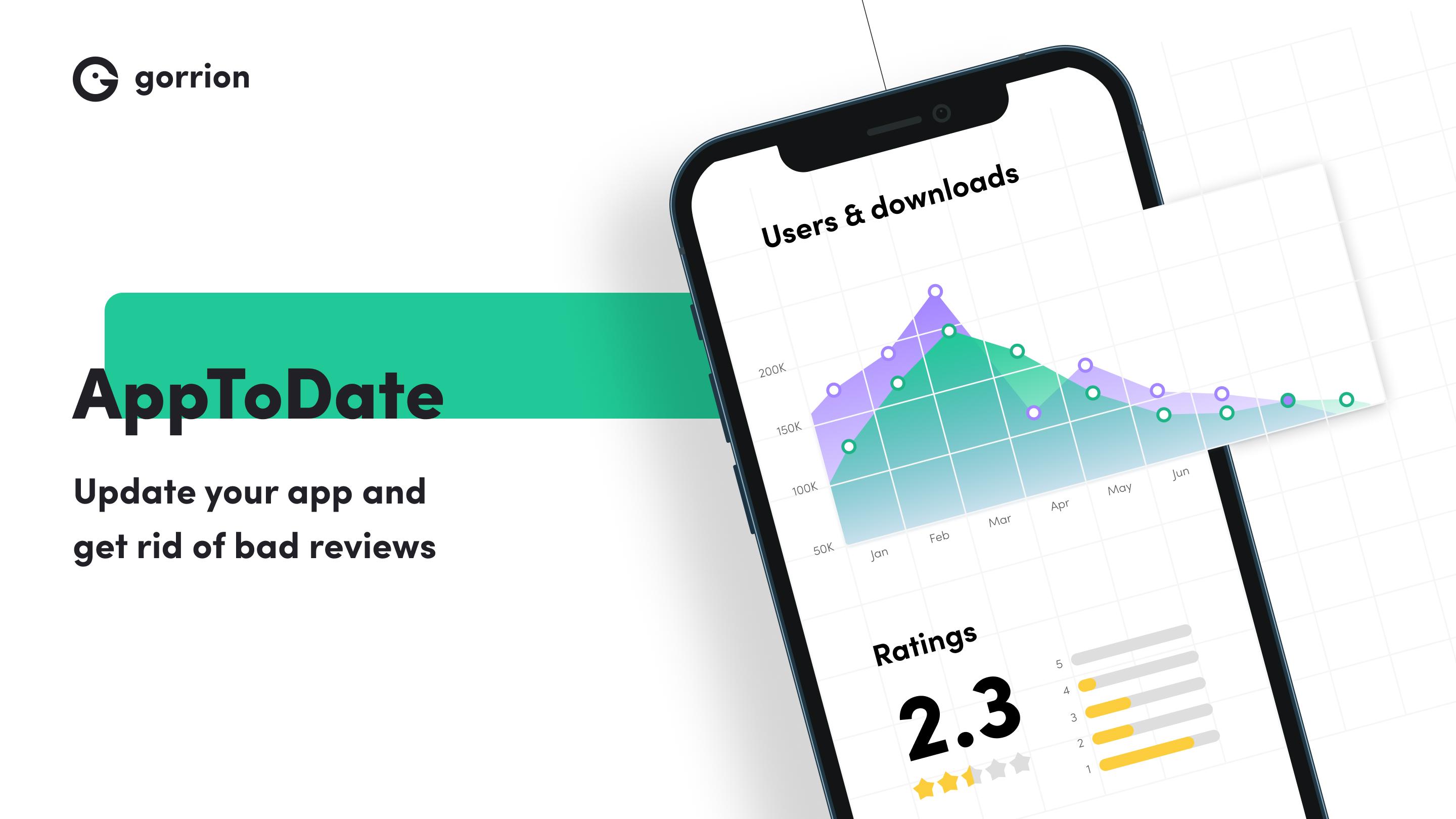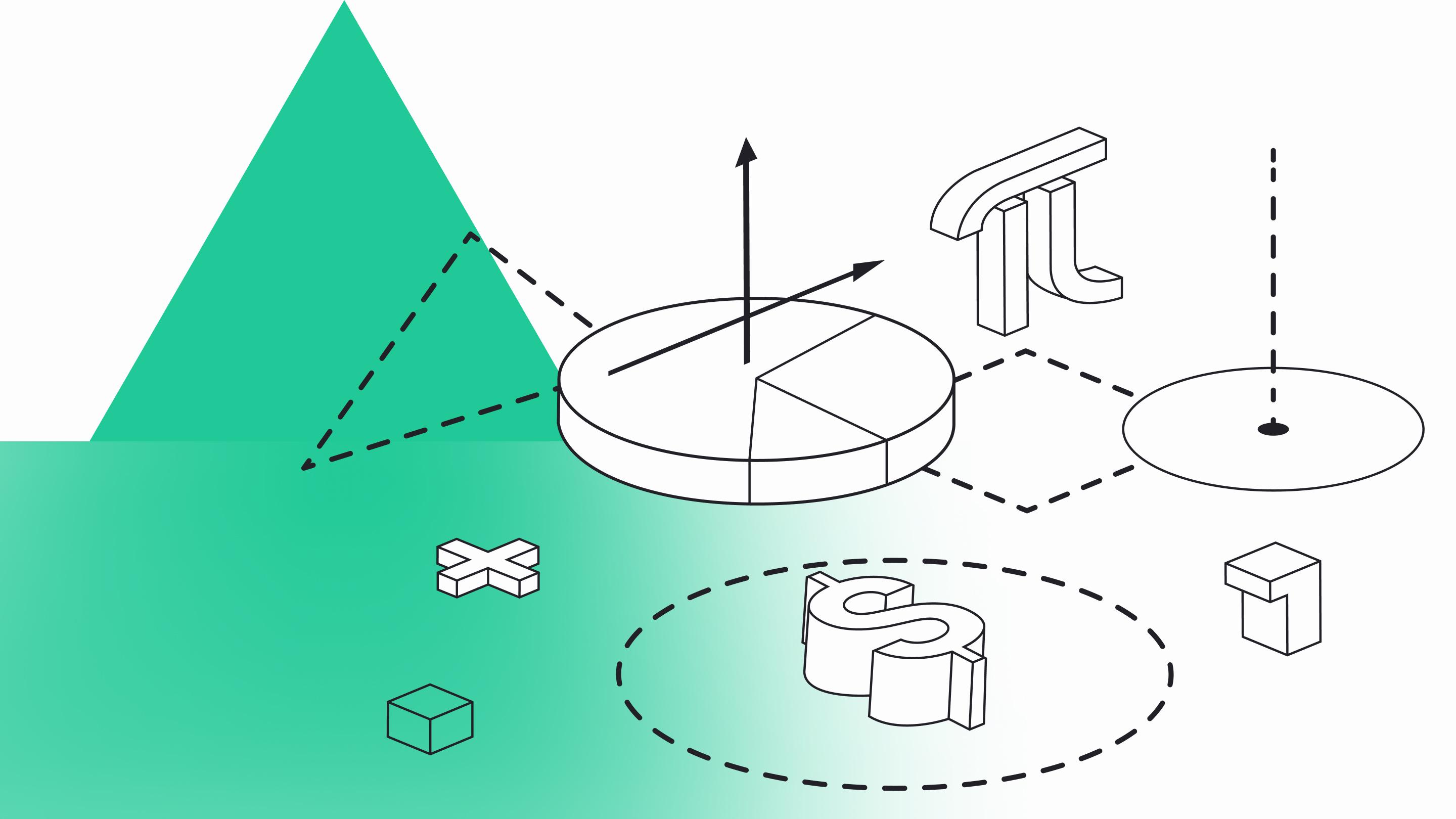


Beware the initial stages of software development – it can make or break your project
When you have a brilliant idea for an application, you obviously want to start working on it straight away. And that’s, unfortunately, strike one. Sure, your idea might be great. But the truth is that without solid foundations, it will amount to nothing. You can’t build your business on spit and prayer.
In the IT industry the foundations you need are laid during what’s called the validation stage. This is where you dig deep, excavate opportunities, and unearth user needs – you develop an MVP (minimum viable product).
If you’re new to software development, you might reasonably feel at a loss as to what to do, what you need, and where to begin. This is why many start-ups turn to experienced partners, like software development companies, for help.
What services can you expect from them? How do they help you with the initial stages of software development? In this article we explain all about the process and how it can make (or break!) your business idea from the start or further down the line.
Why initial stages of development are so important
No matter what you want to develop, all digital products take time, effort, and money. So it’s important that you manage your resources properly. After all, they might be scarce, especially if you’re a start-up. This is why the initial phases of your project are so crucial here. If you don’t know exactly what you’re doing, you run the risk of falling down a rabbit hole that drains all your resources before your project even gets off the ground.
On the other hand, if you start with a discovery phase and discovery workshops, you significantly reduce the risk of failing when you go to market. This stage will help you clarify your vision and identify what will bring the most quality to the final product.
Paradoxically, the beginning should be the most complex phase of your project. As the old adage goes: if you have an hour to cut down a tree, you better spend the first 55 minutes sharpening your axe.” Before you commit your resources to development, you need to do your research, figure everything out, and validate ideas with early adopters.


Have a project in mind?
Let’s meet - book a free consultation and we’ll get back to you within 24 hrs.
The ultimate process to take your project off the ground
Do your research
This is where you should start your validation process and analyse your idea in depth. Look up your competition, research your market, do user analysis etc. In short, gather as much data as possible.
Then you take a closer look at what you have and evaluate it critically. What data is useless? What do you need to cut out? Then, what’s missing? What are your blind spots and where are the opportunities?
Once all that’s in place, we can finally shift our focus to the user.
Write user stories
A user story is a brief description of an app functionality, written in plain language from user perspective. By coming up with user stories early in the process, you have a foundation for the next stages of digital product development. They capture what the user needs are with respect to a given functionality, but they also work as a checklist for designers further down the line.
If you want to learn more about the three essential elements of user stories and their benefits, check out our article: Try user stories to create a better user experience (UX).
Decide on priorities and scope
Since you’ve already developed your user stories, you now know the functionalities that are needed the most. Now it’s time to define your priorities and the scope of the MVP to be developed. What is the one core value that your product offers? What problem does it solve? Knowing this, you can focus on providing the most value to the users.
Choose custom or off-the-shelf design
Now, this choice largely depends on your individual needs. Before you make your decision, you should consider your budget and timelines. If you want to ship your product as fast as possible, then cookie-cutter solutions are the way to go. The design team can trim them, so to speak, to match your brand.
This will speed up the process and save you resources, but at a hidden cost. I called them “cookie-cutter” for a reason – they have limited flexibility and offer little room for originality. However, if that works for your project, component libraries such as Chakra are a great way to go.
With custom design, on the other hand, you can create everything from scratch just the way you (or rather your users!) want it. To learn more about UI design, read the article by Bartosz Piekarz, Product Designer: How to use colors in UI design.
Get wireframes
After the product discovery workshop, you should be able to create wireframes. These are initial sketches that will eventually become a prototype of your app. They show you the views, flows, and interactions within the app, but lack graphic design (such as styles, colours, fonts, etc.). This is because their function is to arrange and prioritize all elements and show you relations between them. Only after you know how the app should feel, can you work out how it should look.
The deliverables of the discovery phase
What many businesses don’t realize, is that you don’t need to do all these steps on your own! Software development agencies are there not just to write code for you, but also to help you research, crystalize, and test your ideas first.
If you decide to employ the help of a software development agency in these initial stages, it should provide you with some tangible deliverables of their work. These will be the foundations upon which you can build your application – and blueprints that you can show to your investors!
Minimum Viable Product
After all that work is done, it’s time to work on the MVP. This is the first version of your product that only has core functionalities. The focus here is on showcasing your unique value proposition – how your product stands out among the competition in bringing its potential users value.
A minimum viable product allows you to do initial market validation. It gives your potential customers a tangible product to play with, so you get to test it in the real world. One of the main goals of an MVP at this early stage is to learn through validation and introduce necessary improvements based on the feedback. In fact, the MVP is one of the most efficient and evidence-based ways to validate a product. It is a starting point for many successful businesses that later scale it up further to reach a product/market fit.
Initial stage development – how important is it for startups?
I’d say very important. After all, no company relies on its product’s success more than a startup, because a start-up is the product. Thanks to the discovery workshops, you get everything you need to validate your assumptions about the needs of the market.
An MVP is a great choice for start-ups since they often have limited budgets. Plus, it’s a quick way to test your business hypothesis and collect user feedback not only to improve the product before its release, but also in future updates. Lastly, an MVP is a low-risk investment that can have a high return on investment. It’s a win-win situation.
Bottom line
As you can see, the initial stage of software development is vital for its success. This is the foundation on which you build your digital product, so you shouldn’t be building on the sand, but on solid ground. The discovery phase allows you to immerse yourself in the research mode and find out your users’ needs – that’s a great place to start your project!


Have a project in mind?
Let’s meet - book a free consultation and we’ll get back to you within 24 hrs.
Ela writes about the fundamentals of great development, project management approaches, ways to develop a proof of concept or an MVP, UX, our company culture, and many other things happening in Gorrion.



